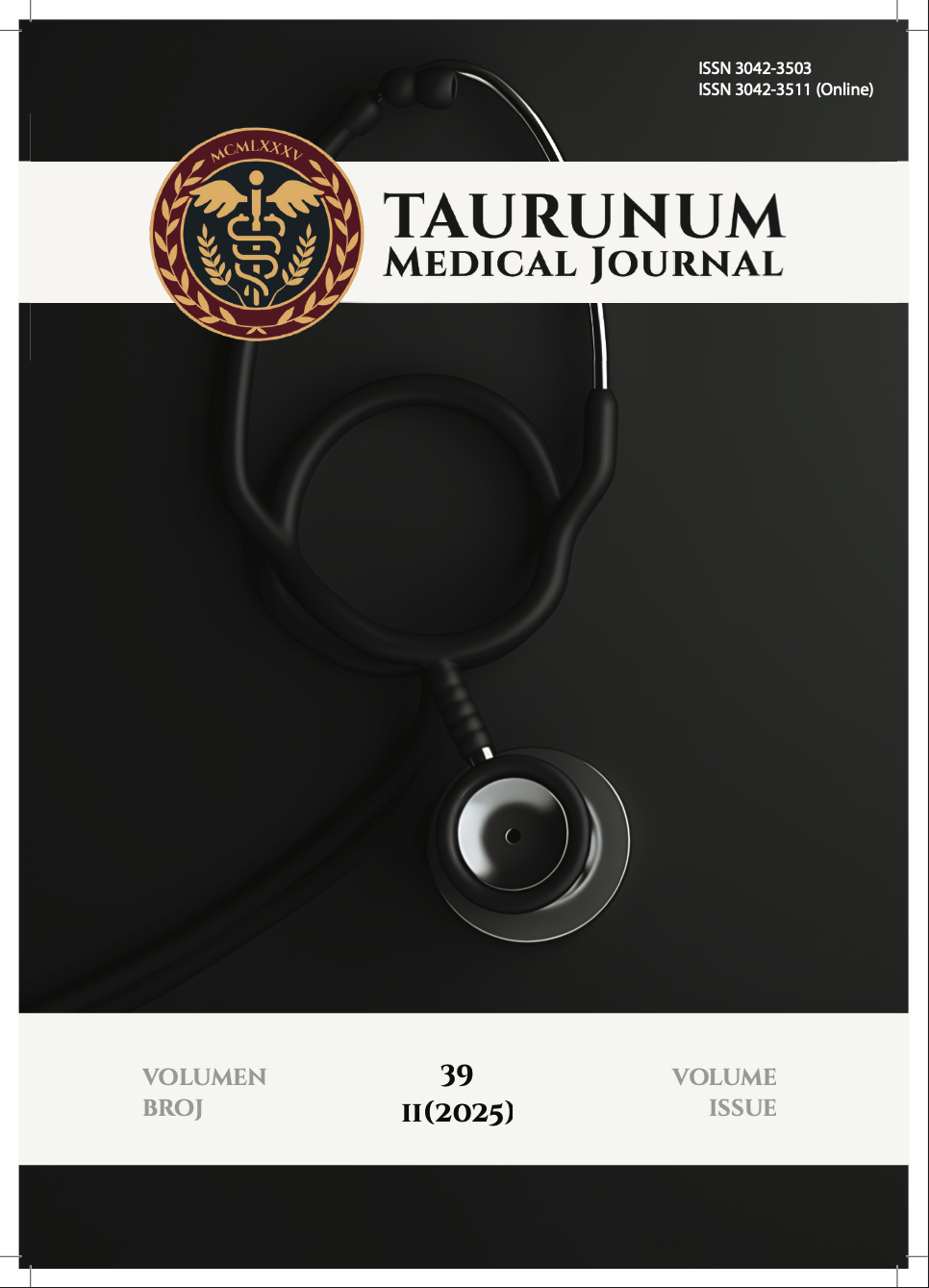
More articles from Volume 34, Issue 1, 2018
An immunohistochemical analysis of angiogenic profile in T1 bladder cancer with concomitant carcinoma “in situ”
Crosstalk between NCAM/FGFR and TGF-beta signalings: an in vitro study and evaluation of human kidney biopsies
Primary sinovial sarcoma of the lung - a case report
Hyperostosis frontalis interna: case report
Proliferation marker Ki-67 in early breast cancer
Article views
Splenic myoid angioendothelioma
Klinički centar Srbije , Beograd , Serbia
Klinički centar Srbije , Beograd , Serbia
Klinički centar Srbije , Beograd , Serbia
Klinički centar Srbije , Beograd , Serbia
Klinički centar Srbije , Beograd , Serbia
Klinički centar Srbije , Beograd , Serbia
Klinički centar Srbije , Beograd , Serbia
Published: 01.04.2018.
Volume 34, Issue 1 (2018)
pp. 66-67;
Abstract
Aim: To present three cases and review literature of splenic myoid angioendothelioma (SMA) focusing on immunohistochemical features. Introduction: SMAs are very rare, mainly in middle-aged and elderly patients of both sexes and are characterized by a mixed proliferation of cord capillaries and myoid cells, distinguished from other splenic angioendotheliomas by additional myogenic/myofibroblast differentiation. Material and Methods: Three cases of SMA from the Department of Histopathology Registry of Clinical Centre of Serbia were detected during last 12 years (2006-2017) in one male and two female patients (42,5 ys average age). Histomorphological findings were revised by reviewing all serial HE sections, histochemical trichrome stains and immunohistochemical stainings for CD8, CD31, CD34, CD68, SMA, desmin and Ki-67. Results: All cases showed sharply demarcated non-encapsulated solitary tumors with diameters 42, 55 and 20 mm. Histologically there are dense network of capillary blood vessels intermingled with polygonal myoid stromal cells and at least focally expressed non-homogeneous cellularity of stromal and lymphoid cells with focal sclerosis. Neocapillaries show distinctive CD8- / CD31 / CD34 immunophenotype (differing them from splenic hamartomas) and characteristic mixture with myogenic elements (differing them from cord capillary hemangiomas): intense SMA (3/3), rare focal desmin (2/3) and focal CD68 (1/3) immunoexpression. Conclusion: SMA is underrecognized type of vascular neoplasia, which has a clinico-pathological differential diagnostic significance because it radiologically imitates splenic metastase. Cellular form of SMA must be distinguished from hamartoma, but also from hemangiopericytoma and well-differentiated angiosarcoma of the spleen
Keywords
Citation
Copyright
This is an open access article distributed under the Creative Commons Attribution License which permits unrestricted use, distribution, and reproduction in any medium, provided the original work is properly cited.
Article metrics
The statements, opinions and data contained in the journal are solely those of the individual authors and contributors and not of the publisher and the editor(s). We stay neutral with regard to jurisdictional claims in published maps and institutional affiliations.




